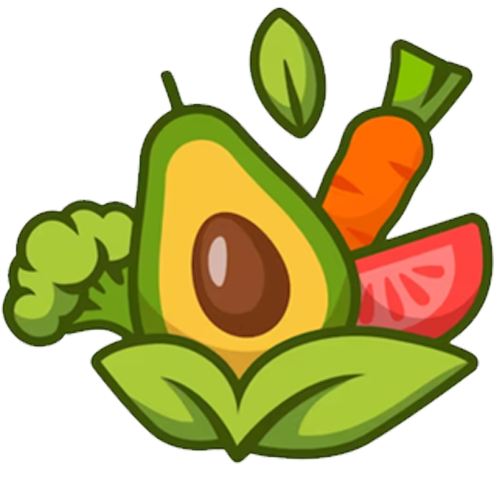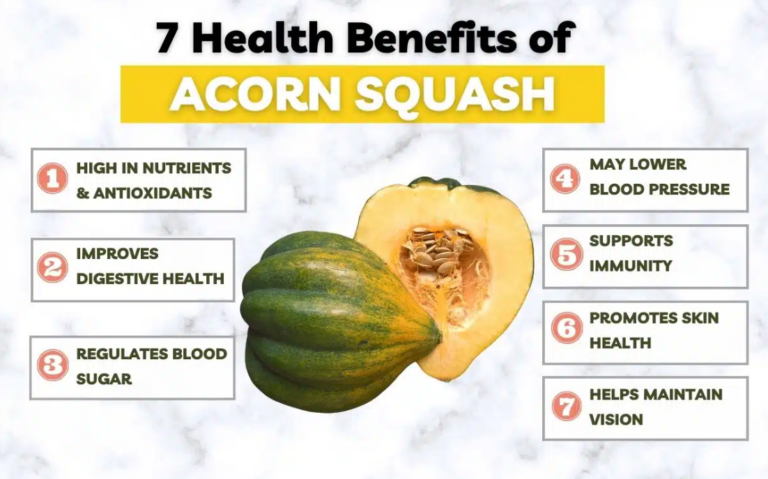The health advantages of nutritious winter squash
If you savor the delightful taste and texture of summer squash, you’re in for a treat with the diverse array of fall harvest varieties now available, including pumpkin, spaghetti squash, acorn squash, and butternut squash. While each type boasts distinctive features in terms of shape, color, size, and flavor, they all share a common characteristic – hard shells that can pose a challenge when cutting and peeling. However, this attribute also grants winter squash an extended storage life.
The Harvard T.H. Chan School of Public Health highlights the myriad health benefits that squash offers, potentially reducing the risk of various diseases such as heart disease, stroke, diabetes, and certain types of cancer. Squash emerges as a rich source of essential nutrients, including carotenoids (which convert to vitamin A), protein, vitamin C, fiber, magnesium, and potassium.
Winter squash can be prepared through various cooking methods, such as baking, boiling, or steaming. Enjoy it as a hearty dish by serving it in chunks sprinkled with coarse salt, or enhance its richness by whipping it with a touch of butter or cream. Puréed squash serves as a natural sweetener, elevating the flavors of soups, casseroles, and baked goods. If you’re seeking a quick and healthy preparation, steaming is the recommended method.
Prior to peeling or cutting winter squash, Michigan State University Extension suggests thoroughly rinsing it under running water. For steaming, peel the squash, remove the seeds, and cut it into cubes, requiring approximately seven minutes of steaming time. Baking, on the other hand, eliminates the need for peeling. Simply remove the ends, cut the squash in half lengthwise, pierce the meat a few times, and bake until tender. Once baked, the seeds and skin can be easily removed.
And let’s not overlook the nutritional treasure within the seeds scooped out of winter squash! These seeds offer a healthy and delectable snack that can be prepared similarly to pumpkin seeds. After separating the seeds from the pulp, lay them in a single layer on a cookie sheet and bake at 160 to 170 degrees Fahrenheit for about 15 to 20 minutes or until tender.



